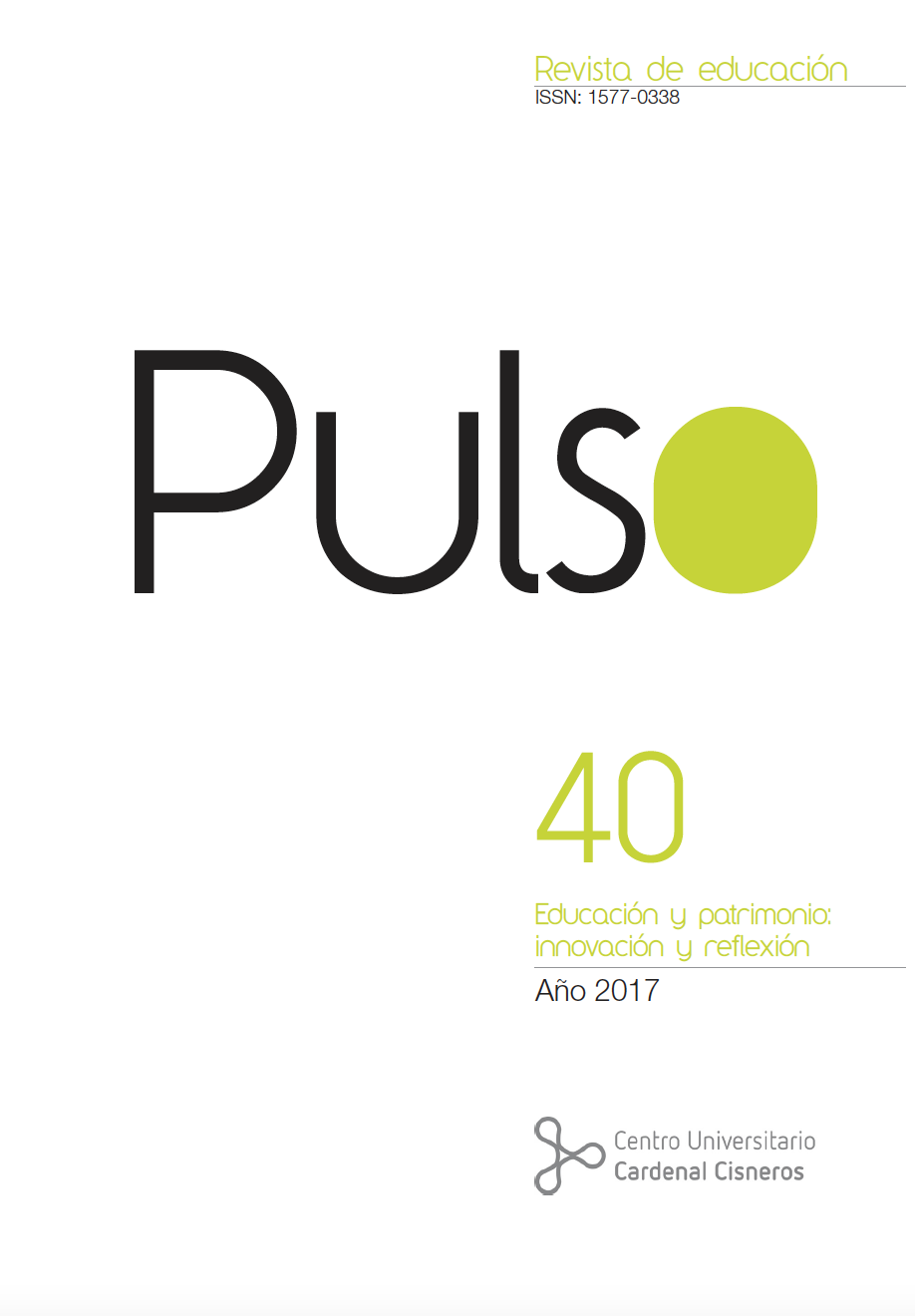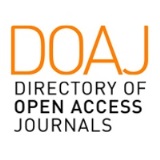Study of Geological Heritage for educational purposes: an example in the geology of the province of Guadalajara
DOI:
https://doi.org/10.58265/pulso.5117Abstract
One of the main objectives in the study of the Geological Heritage of a region is the elaboration of an inventory of Geological Points of Interest that facilitates getting to know the geodiversity of a region. In addition, the development of this type of studies helps to know the state of conservation of the geological elements inventoried, establishing a series of measures that favor its preservation. This type of actions must be a priority when developing any type of educational activity, so it is vital to manage their conservation prior to their disclosure. In the province of Guadalajara there is an important set of Geological Interest Points of great scientific and educational interest, therefore it is necessary to analyze its characteristics in order to identify which geological elements may be susceptible of being used as georesources.
Downloads
References
Carcavilla, L. (2007). La divulgación de la Geologíaen Espacios Protegidos: Las Geo- Rutas del Parque Natural del Alto Tajo (Guadalajara). Enseñanza de las Ciencias de la Tierra, 15.1, 65-76.
Carcavilla, L. (2008). Itinerario geo-didáctico por el Parque Natural del Alto Tajo. En Calonge, A. y Rodríguez, M. (Eds.), Geología de Guadalajara(pp. 195-207). Madrid: Obras colectivas Ciencias 03 UAH.
Carcavilla, L.; Ruiz, R. y Rodríguez, E. (2008). Guía Geológica del Parque Natural del Alto Tajo. Madrid: Junta de Comunidades de Castilla – La Mancha. 267 pp.
Carcavilla, L (2014). Guía práctica para entender el Patrimonio Geológico. Enseñanza de las Ciencias de la Tierra, 22.1, 5-18.
Cendrero, A. (1996). Propuesta sobre criterios para la clasificación y catalogación del Patrimonio Geológico. El Patrimonio Geológico. Bases para su valoración, protección, conservación y utilización(pp. 29-38). Madrid: Ministerio de Obras Publicas,Transportes y Medio Ambiente. Series Monografías.
Cendrero, A. (2000). Patrimonio Geológico: Diagnostico, Clasificación y Valoración. En Palacio, J. (Coord.)Jornadas sobre Patrimonio Geológico y Desarrollo. (pp. 23-37)Madrid: Ministerio de Medio Ambiente. Serie Monografías.
García-Cortes, A. y Carcavilla, L. (2013). Documento metodológico para la elaboración del Inventario Español de Lugares de Interés Geológico (IELIG). Instituto Geológico y Minero de España. 64 pp. Recuperado de http://www.igme.es/patrimonio/novedades/METODOLOGIA%20IELIG%20web.pdf.
García Quintana, A. (2008). Geología y paisajes de Guadalajara. En Calonge, A. y Rodríguez, M. (Eds.), Geología de Guadalajara (pp. 15-71). Madrid: Obras colectivas Ciencias 03 UAH.
Lebrón, J.A. (2016). Catalogación, valoración y gestión del Patrimonio Geológico de la provincia de Guadalajara. Tesis Doctoral. 1027 pp. Inédita.
Lebrón, J.A.; Calonge, A. y Carcavilla, L. (2012). El Patrimonio Geológico de la Comarca del Señorío de Molina – Alto Tajo (Provincia de Guadalajara) y sus aplicaciones como recurso Geodidáctico. En Meléndez, G.; Ramajo, J. y Pocoví, A. (Eds). Geo-Temas, 12, (pp. 63-66). Zaragoza: Sociedad Geológica de España.
López-Martínez, J.; Durán, J.J.; Carcavilla, L. y Arrese, B. (2003). Estudio de Geología y Geomorfología de la Sierra de Ayllón. Madrid: Tragsatec y Junta de Comunidades de Castilla-La Mancha. 418 p.
Downloads
Published
How to Cite
Issue
Section
License
Copyright (c) 2022 Pulso. Revista de educación

This work is licensed under a Creative Commons Attribution-NonCommercial-NoDerivatives 3.0 Unported License.
This journal offers immediate open access to its content based on the idea that offering readers free access to research favours a global exchange of knowledge.
Papers are published in the electronic version of the journal under a Creative Commons License: Attribution-NonCommercial-No derivatives 4.0 International
Authors are allowed and encouraged to promote the post-print version (reviewed and accepted for publication version) of their work online before publishing them. This favours their earlier circulation and dissemination and thus a possible increase in their citation and reach among the academic community.














